
|
|
|
|
|
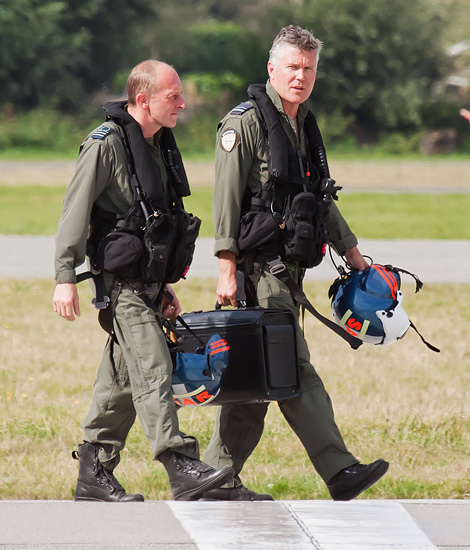
|
The Belgian SAR Flight; Koksijde, September 10, 2012
The Sea-Kings of the no 40 Squadron; Text and Photograph's by Alex van Noye
The Belgian SAR flight at Koksijde Air Base is flying for years with the Westland Sea-King Mk48. The helicopters are mainly
used for search and rescue flights at sea, but also civilian tasks are performed by the no 40 Squadron. After 35 years of
service, the Sea-King will finally be replaced by the NH-90.
The Belgian airbase Koksijde is located in the south western part of Belgium on the coast line next to the city of Ostend.
Koksijde is the home of the 40th Squadron of the Belgian Air Force. Koksijde Air Base was founded during the First World War
when the Belgian army was retreated behind the IJzer River after the German invasion of August 2, 1914. The Army reorganized
itself and the air base Ten Bogaerde near Koksijde was created as a result. During World War II, the German occupiers modernized
Koksijde Air Base drastically. A concrete runway with a length of 800 meters was made immediately and several buildings were
placed. The airbase was bombed continuously in preparation for the invasion of Normandy at the end of 1943. Koksijde was
restored by the RAF from October 1944. On October 15, 1945, the base was taken over by the Belgian Air Force. On January 1,
1948, the Fighter Air Force Flying School of the Belgian Air Force was established on this base. On January 23, in addition
to the Fighter School also an Air and Sea Rescue Service was founded. The pilots who got their pilot license were trained
to fighter pilot in the Belgian Air Force at Koksijde. The school was moved to Brustem in 1957 and simultaneously the 13th
Fighter Wing was stationed at Koksijde. In 1958, the 13th Fighter Wing was disbanded and the basic role of a re-education
school was assigned to the airbase. Only the SAR flight was stationed at this base after the departure of the Fighter
Wing.
The Heliflight was founded at Koksijde Air Base as a part of the Air and Sea Rescue Service on April 1, 1961. This unit
was immediately equipped with 5 Sikorsky HSS-1 helicopters. This unit had to take over the tasks of the Belgian Vendettas
of the Air and Sea Rescue Service. The Belgian Navy used 2 out of 5 helicopters and the other 3 were used by the Belgian
Air Force. In 1963, a second flight was founded and also 7 Sikorsky S-58C helicopters were acquired from Sabena. The main
task of this helicopter was transporting personnel and equipment at short distances. From April 1,
|
|
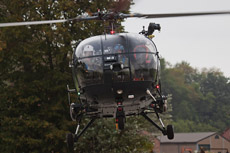
|
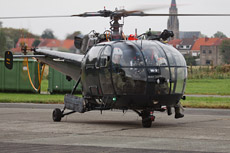
|
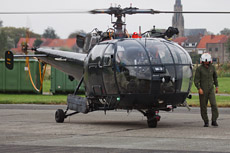
|
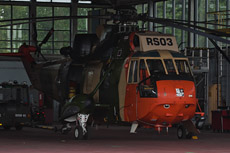
|
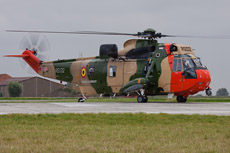
|
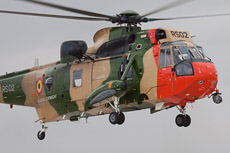
|
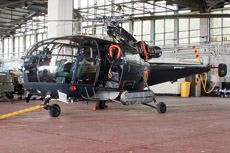
|
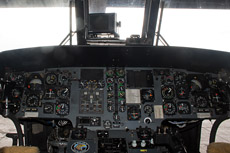
|
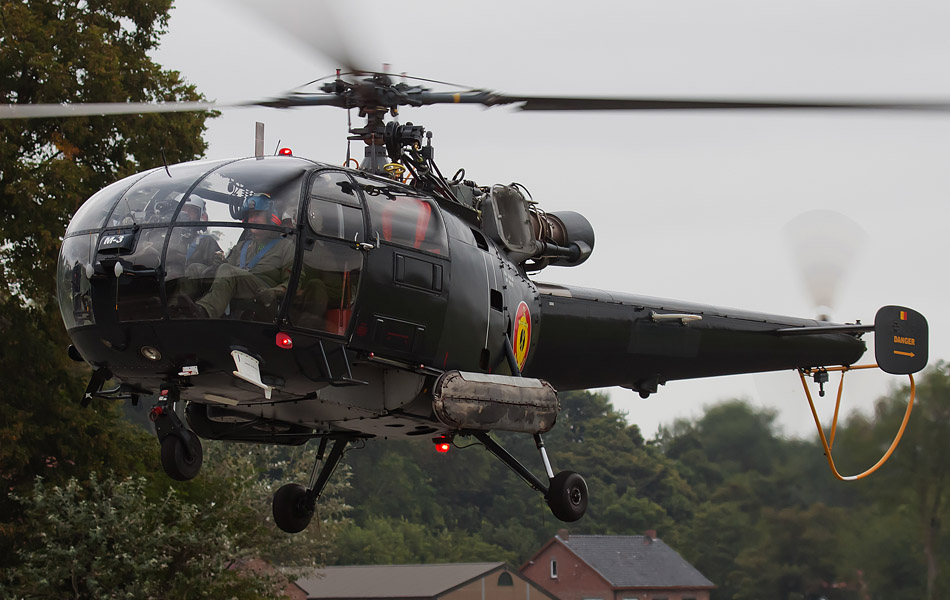
|
1971, the Heliflight received the status of a squadron. The indication of this new squadron was no 40 Squadron. The
no 40 Squadron had four flights including a flight for the Navy and a flight for maintaining the helicopters on board
of the Navy ships. To perform this last task, it was decided to replace the HSS-1 with the Allouette III. The first
of 3 Allouette III helicopters was delivered on March 14, 1971. From 1973, the unit was specifically assigned to the
Search and Rescue (SAR) task. The unit received its own emblem with a hand above the water and above it a rescue
helicopter. The squadron motto would be “Aude Audenda”, this means do what needs to be done. In 1976, crews were
retrained during an intensive training period at the British Royal Navy base Culdrose. A total of 5 Sea-King Mk-48
helicopters were purchased; all the helicopters were bought to serve at the SAR flight of the no 40 Squadron. The
first Sea-King arrived at Koksijde on April 1, 1977.
The HSS-1 helicopter would remain in service with the Belgian Air Force until 1986. The helicopter served in its last
year as a transport helicopter and as a training helicopter for the new helicopter pilots for the no 40 Squadron. The
last flight of this helicopter was flown on December 5, 1986. The Sea-King proved to be an excellent helicopter for
SAR duties within the no 40 Squadron. The Sea-King is an American-made helicopter. The helicopter was designed in 1957
by the American manufacturer Sikorsky. The helicopter was developed for detecting and destroying submarines. The XHHS-2
made its first flight on March 11, 1959. The U.S. Navy was very impressed by the performance of this helicopter; all
Navy helicopters were replaced by the Sea-King in 1961. The Sea-King is a ruggedly built helicopter and it is the first
helicopter in the world with floating properties. The helicopter was able to make an emergency landing at sea if necessary.
The helicopter was also especially in heavy weather extremely stable. Because of these qualities, the Sea-King became
soon the main SAR helicopter of the U.S. Navy. The British helicopter constructor Westland became in 1969 the first
company which started to build the Sea-King under license outside the United States. Later Augusta from Italy and
Mitsubishi from Japan started to build this helicopter as well. In Europe the United Kingdom, Belgium, Germany and
Norway bought the Sea-King as a SAR helicopter.
In 1990, the production of the Sea-King was stopped by Sikorsky after a period of more than 30 years. In total more
than 1,100 helicopters were built by the various aircraft manufacturers. In the Belgian Air Force, the Sea-King is at
this moment the primary rescue helicopter of the Air Force. The Belgian Sea-King is 24 hours a day stand-by at Koksijde
Air Base to transport victims of air accidents to hospitals in Belgium and Luxembourg. The main tasks of the Sea-King
are the rescue operations at sea along the Belgian coastline. In addition to supporting military casualties, the Sea-King
is also used for tasks such as; the transport of burned patients, victim evacuation from ships, tracing of missing persons
and surveillance operations along the coastline. The Belgian Air Force has announced the Sea-King will be replaced by
the NH-90 in the future. This helicopter is currently being developed by a consortium of several countries in Europe.
The first Sea-King has now been phased out by the Belgian Air Force. This helicopter was flown from Koksijde to the
museum in Brussels on December 17, 2008. The no 40 Squadron has nowadays a very good reputation among the Belgian
population. The unit gathered this popularity because of its assistance during several civilian rescue actions. The
new NH-90s will be based at Koksijde and Beauvechain in the near future. The development of the NH-90 is currently
associated with adversity, until the arrival of the NH-90; the Sea-King will still faithfully serve at the no 40 Squadron.
|
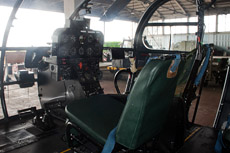
|
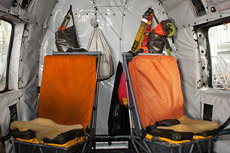
|
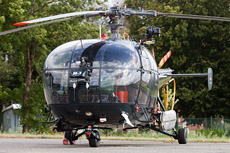
|
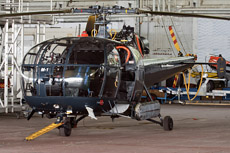
|
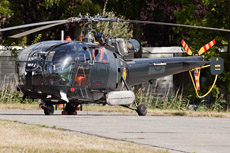
|
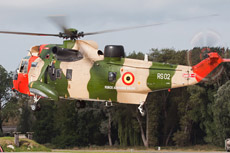
|
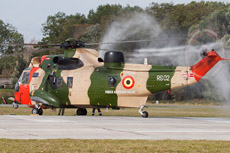
|
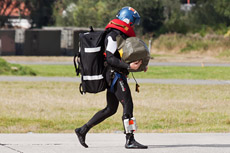
|
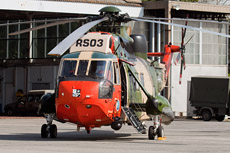
|
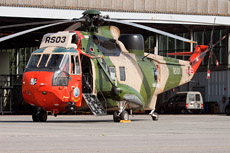
|
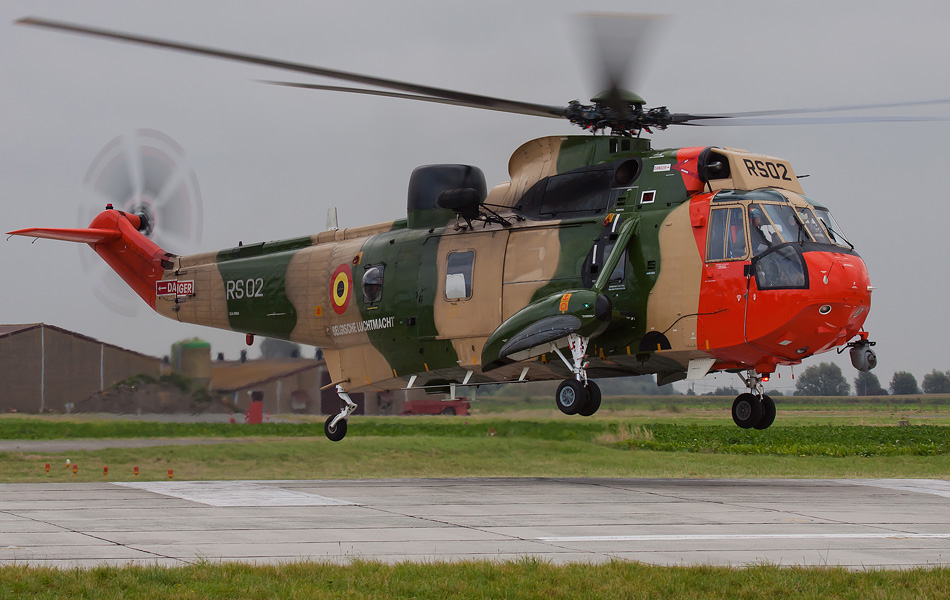
|
|
|

|







